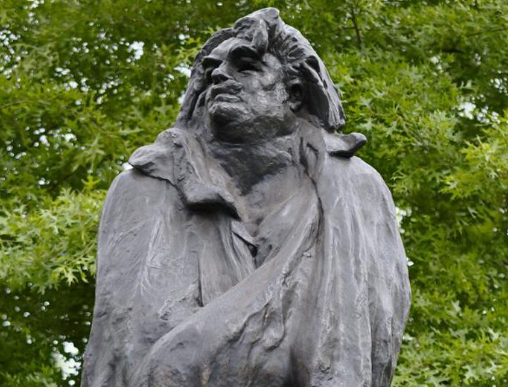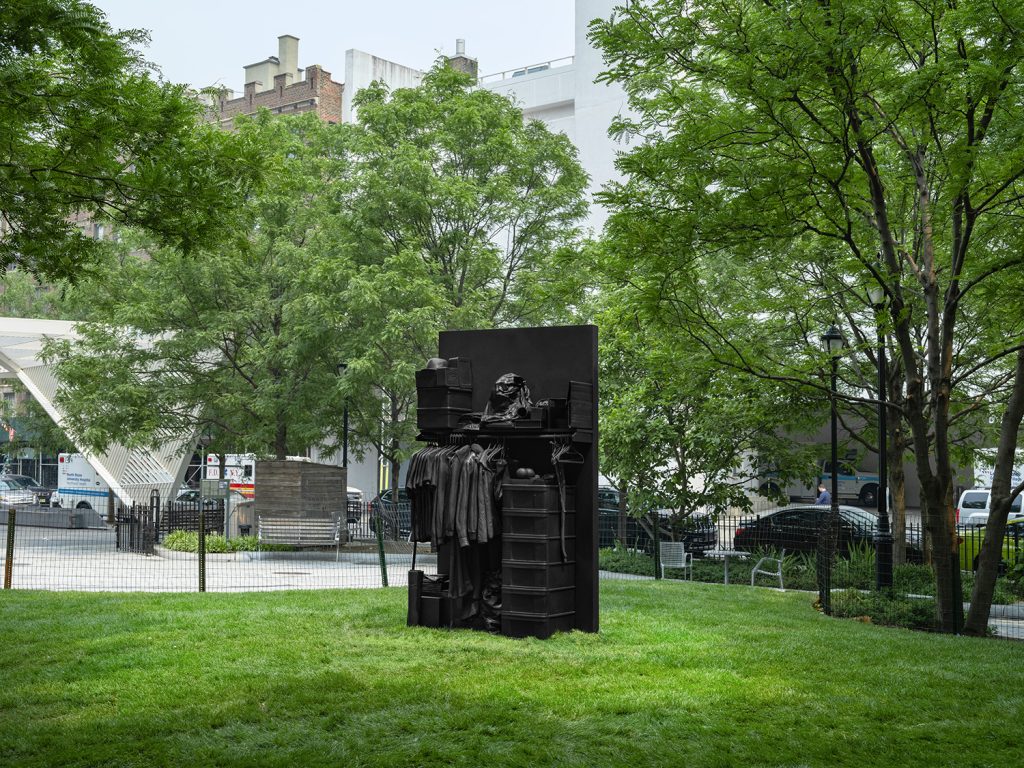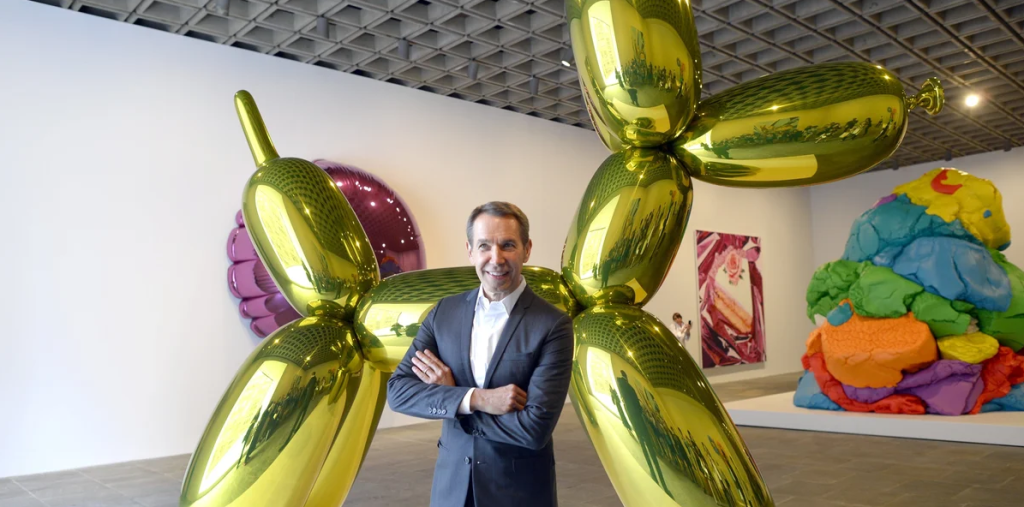Unveiling Emotion: Rodin’s Balzac and the Essence of Artistic Expression
Rodin’s “Balzac” is more than just a sculpture; it’s a profound exploration of character and emotion, celebrating the complexity of human experience. This remarkable piece remains relevant today as it invites viewers to engage with the essence of artistic expression and reflect on the relationship between the artist and his subject.
The Inspiration Behind Rodin’s “Balzac”
Auguste Rodin was inspired to create the sculpture of Honoré de Balzac, a renowned French novelist, following a commission from the Society of the Friends of Balzac. Rodin’s vision was to encapsulate Balzac’s spirit, capturing not just his physical form but also the essence of his literary prowess. Unlike traditional memorials that focus on an idealized version of the subject, Rodin chose to represent Balzac in a way that reflected his passionate character—a slightly hunched posture, detailed expression, and rich textures that evoke vitality. This approach emphasizes the connection between literature and sculpture, transforming a simple representation into a dynamic exploration of identity.
The Artistic Techniques Used
Rodin’s artistic techniques in “Balzac” showcase his mastery in conveying emotion through material. Working with a unique combination of realism and impressionism, Rodin used rough surfaces and deep contours to create a sense of movement and energy within the sculpture. The play of light across the bronze surface enhances the emotional depth, encouraging viewers to interact with the piece in a personal way. By employing dramatic contrasts and fluid forms, Rodin allows the sculpture to transcend its static nature, inviting viewers to experience the robust spirit of Balzac. This innovative approach to form and texture underlines Rodin’s belief that art should be a visceral and emotional experience.
The Cultural Impact of “Balzac”
The unveiling of Rodin’s “Balzac” in 1898 sparked considerable debate, challenging societal norms about how figures of importance should be represented. Critics initially dismissed the work, arguing that its unconventional style failed to honor Balzac appropriately. However, over time, the sculpture gained recognition for its bold expression of the artist’s vision and its ability to provoke deep emotional responses. “Balzac” ultimately transformed the landscape of sculpture, influencing countless artists and reshaping public perceptions of artistic representation. Today, it serves as a poignant reminder of the power of art to evoke emotion and challenge convention.
In Conclusion
Rodin’s “Balzac” is more than a tribute to a literary luminary; it stands as a testament to the notion that art can convey profound human emotions and experiences. By immersing ourselves in the details of this sculpture, we learn more about the interplay between artist and subject, and how this relationship can transcend time and context. If you’re intrigued by the depths of artistic expression, we encourage you to explore more about Rodin and the impact of his works. Discover how art can enrich our understanding of life, literature, and the human condition.


